There’s nothing quite like the fresh taste of broccoli from the garden. However, if you live in an area where farmers grow a lot of canola like me in Zone 3, Saskatchewan, growing broccoli at home can seem like an impossible dream.
Sure, things start out okay, until mid-summer when broccoli becomes infested with worms and flea beetle bugs… and it’s not just broccoli! Other vegetables such as cabbage, cauliflower, kale, turnips and radishes all suffer the same fate (although the holes on the leaves of the turnips and radishes aren’t as big of a deal).
So how do you grow bug-free broccoli?
In this blog post, I’ve compiled 6 organic ways you can protect your cruciferous vegetables from bugs, as well as how to wash out the bugs if a few manage to get in there.
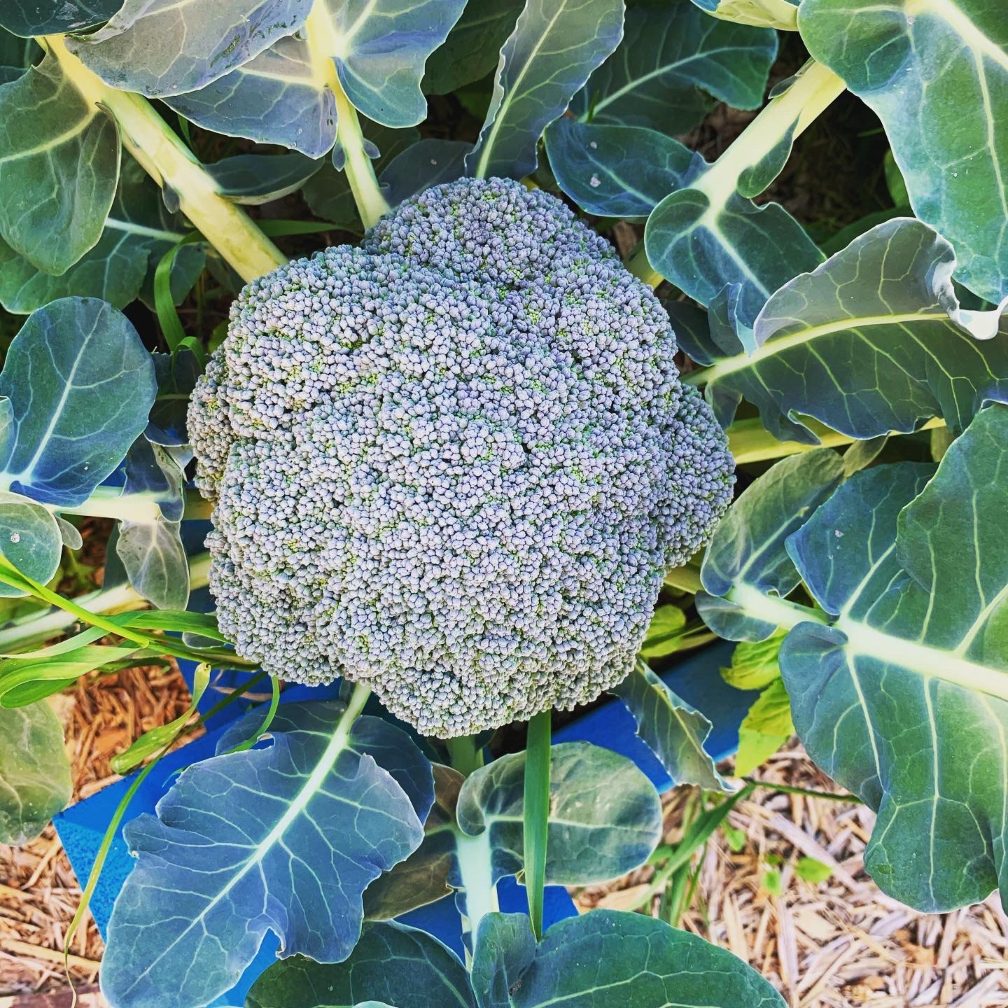
This post contains affiliate links, which means that if you purchase anything, I make a small commission at no extra cost to you. You can read more about it in my privacy policy. Thanks for supporting Shifting Roots!
6 WAYS TO KEEP BROCCOLI SAFE FROM BUGS
1. Mesh Laundry Baskets
The easiest solution to bug-free broccoli is easily found on Amazon or at your local dollar store: a pop-up mesh laundry basket.
Just pop it up, secure it with landscaping staples, and let your broccoli grow. The rain and sun get in, and the bugs and worms stay out. When the season is over, collapse the laundry hampers for easy storage that doesn’t take up a lot of space.
2. Screens
Screens require a little bit of DIY magic but are a more long-lasting option that will be good for many years to come. Simply make a frame out of wood the size of the area you want to protect (you can make it to fit multiple vegetables, or just one), staple the screen material onto the frame, and set it over your vegetables.
3. Nylons and Hosiery
This method is a little more finicky and will only work for broccoli and cauliflower. However, you likely already have some on hand or could easily get some used ones for free.
Start by cutting the legs off of a pair of sheer pantyhose. Once a broccoli or cauliflower bud starts to appear, cover the main bud with the toe end of a pair of sheer nylons and lightly secure. As the broccoli grows, the nylons will stretch and protect the plant from bugs.
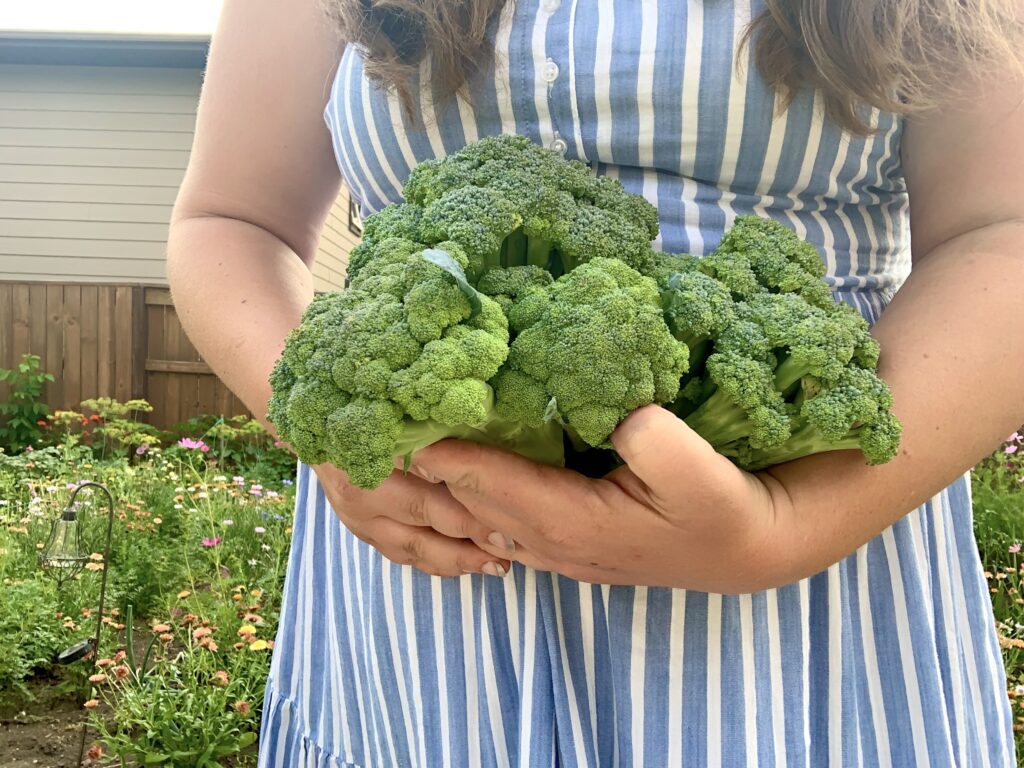
RELATED: THE DOLLAR STORE HACK TO KEEP BIRDS AWAY FROM YOUR GARDEN
4. Mesh Food Tents
The mesh food tents you’d use to protect your food during a picnic work the same way as the pop-up laundry hampers. Get the largest ones you can find and secure them with landscape staples. This pack of 24 would work for most backyard gardeners.
5. Bacillus Thuringiensis
If you’re looking for something to spray on your vegetables, rather than cover them, you might want to try Bacillus Thuringiensis (BT). In Canada, it is commonly sold as BTK in any larger locally owned garden centre. You can find it on Amazon in the US as Thuricide.
Bacillus Thuringiensis is an organic insecticide that is used to control pest caterpillars. It harms the bad worms, but won’t kill the beneficial bugs that you want in your garden. Just mix the concentrate as per the instructions on the bottle, and spray any cruciferous vegetables once a week and after rain.
6. Floating Row Covers
Floating row cover kits are an easy way to protect your vegetables. Just pop up the hoops, cover with the mesh, and secure at the ends. If you want to learn more about building row covers and protecting your vegetable garden, check out this post: HOW TO BUILD ROW COVERS (AND PROTECT YOUR CRUCIFEROUS VEGETABLES!).
Too Late to Protect Your Broccoli? Here’s How To Get The Bugs Out After Harvest
To get rid of any bugs hiding in the broccoli florets, start by filling your sink with cold water. Add in 1/4 cup of salt and 2 tbsp of vinegar. Let sit for 20 minutes and rinse the broccoli.
During this process, the broccoli must be completely submerged. If you need, you can lay a baking pan or a dinner plate on top of the broccoli to weigh it down.
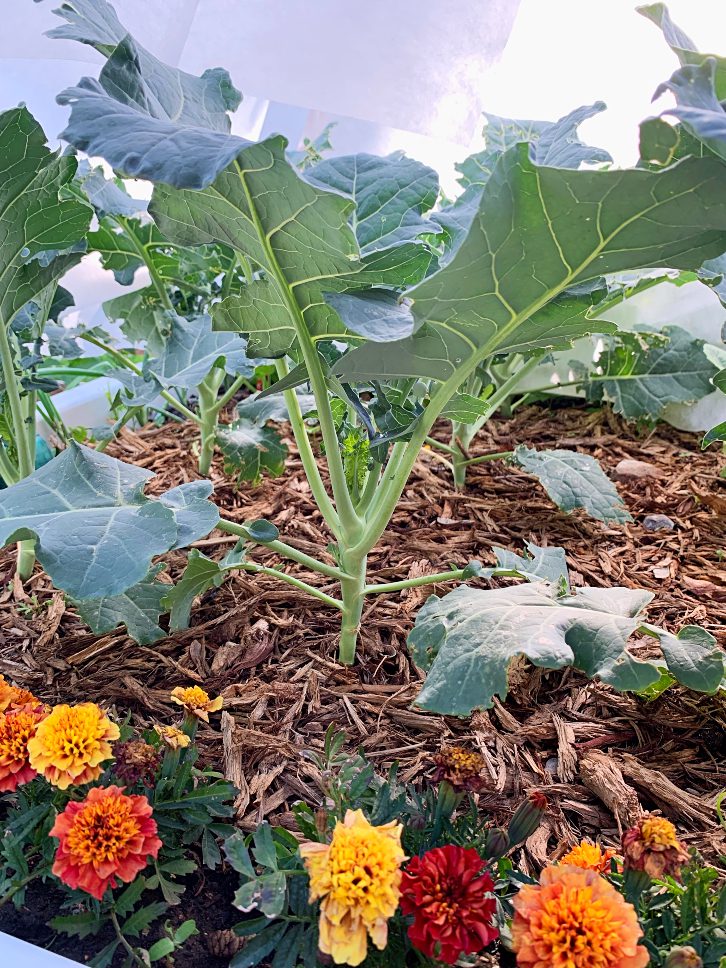
RELATED: How to Grow Bug-Free Brussel Sprouts from Seed
As you can see, there are lots of options available to grow bug-free cruciferous vegetables. Don’t let a few silly worms stop you from growing delicious broccoli, cauliflower, cabbage, and kale! For more cold-climate, short-season gardening tips, find me on YouTube, Facebook, Instagram, and TikTok.
NEED MORE HELP IN THE GARDEN?
Green thumbs aren’t just given out at birth. They’re a combination of learning about gardening and trial and error. If you wish you knew more about gardening and had more confidence in your abilities, you need the Growing Roots Gardening Guide.
It’s an e-book plus 6 bonuses. Everything you need to go from complete garden newb to confident gardener in one growing season. Get all the details of what’s inside here.
Happy gardening!

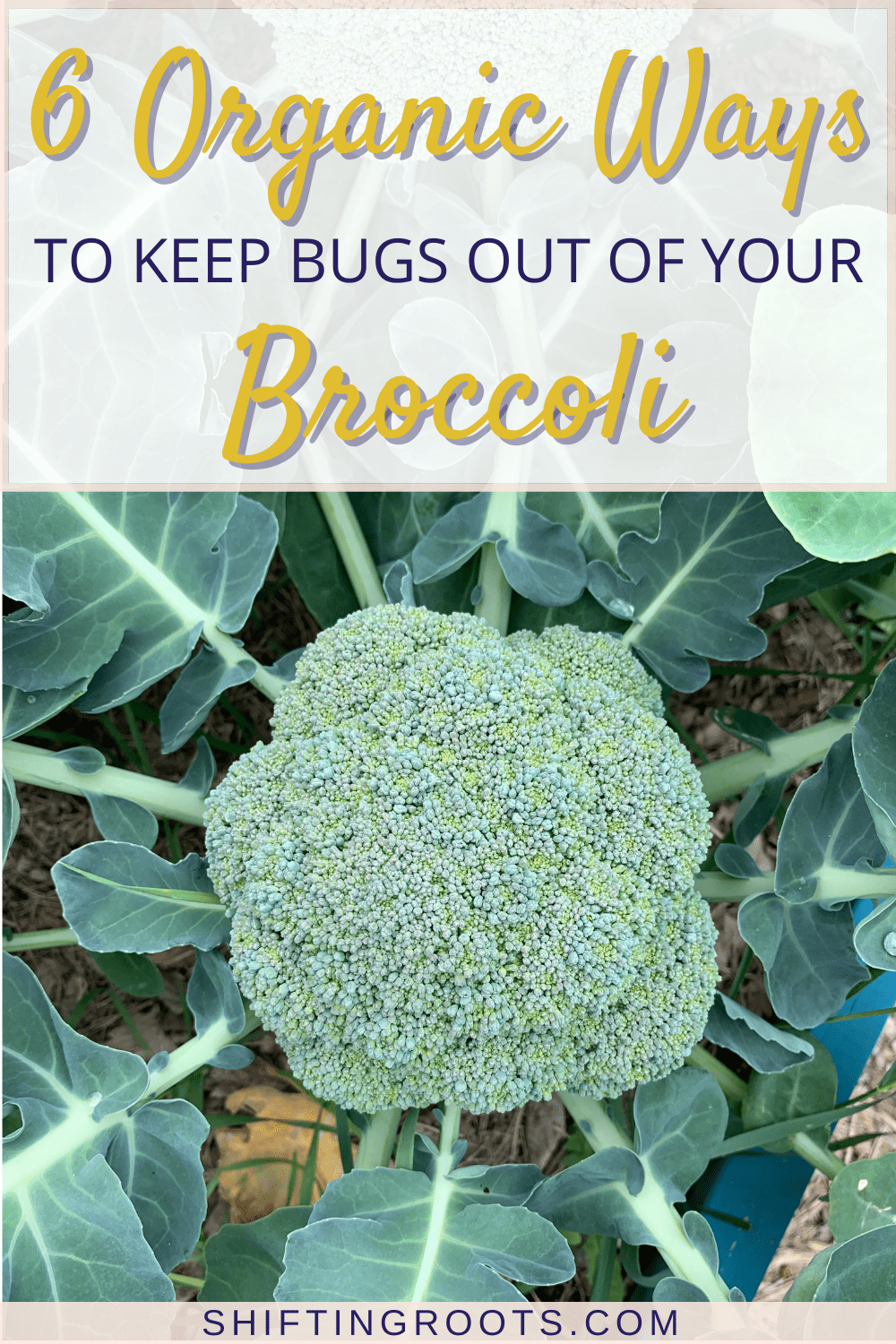
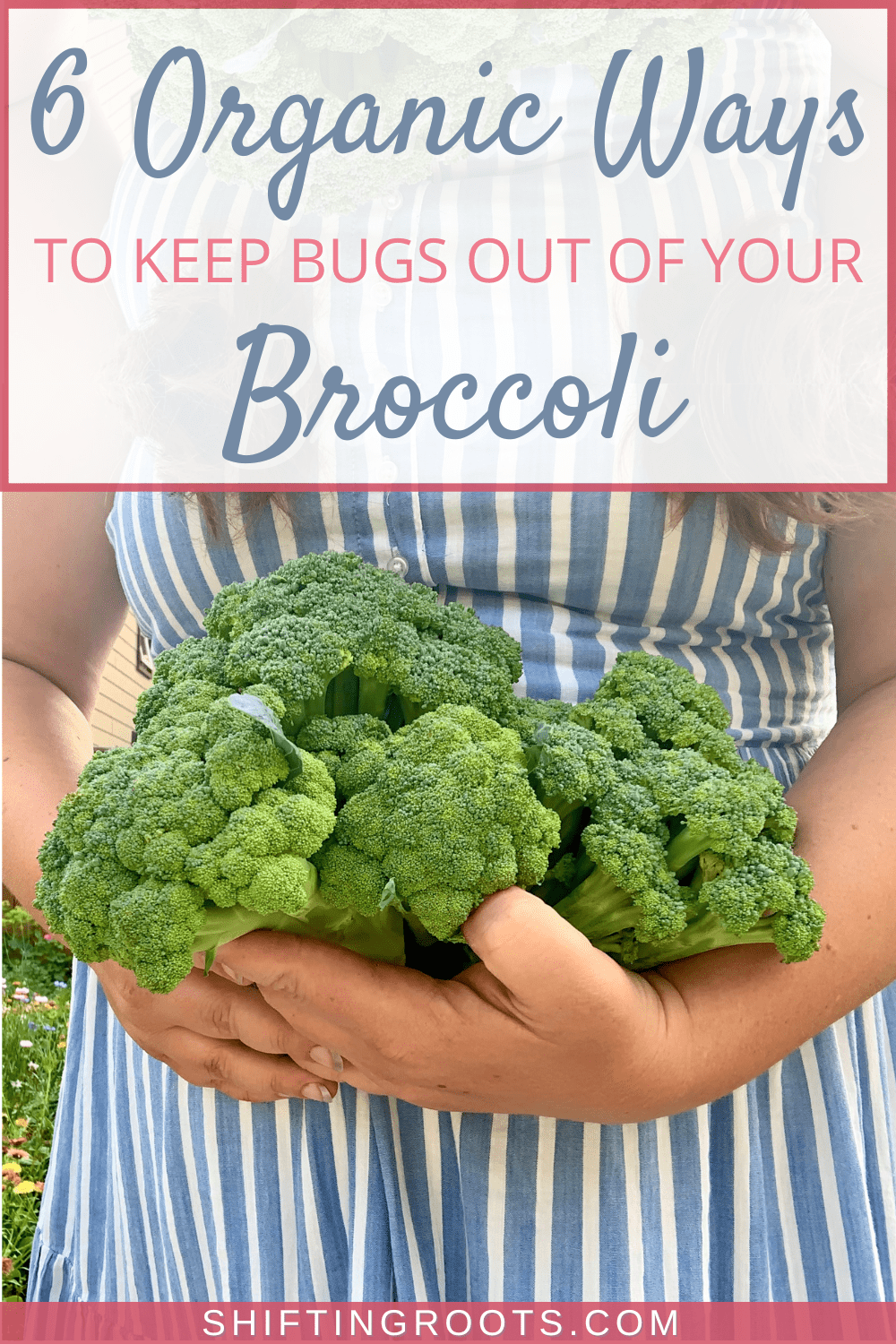

PtJoe Knightpt
Mary
Kristen Raney
Ronnie Ladson